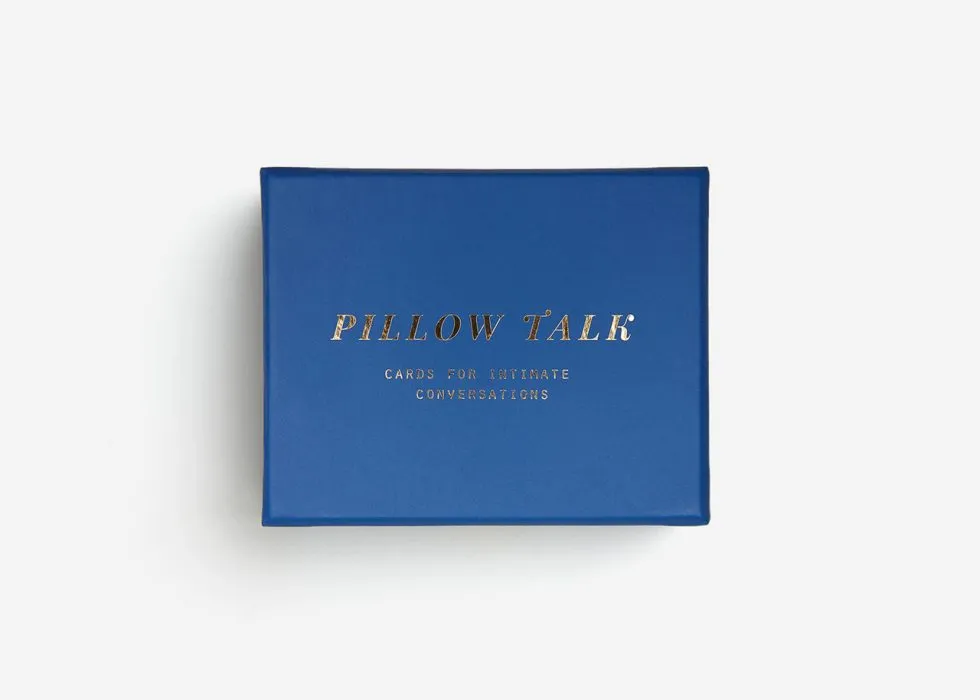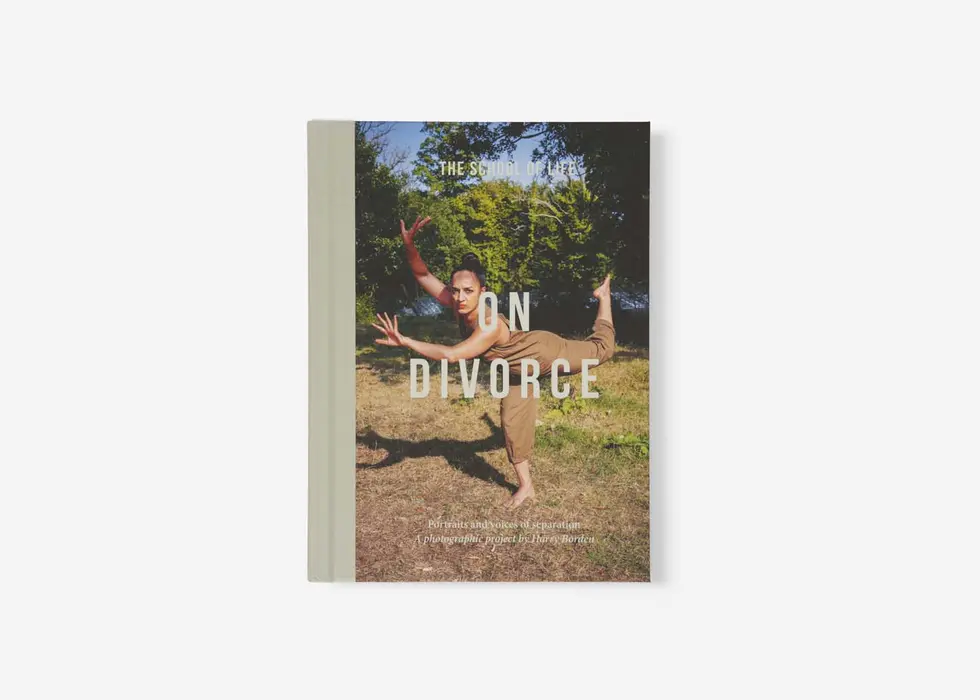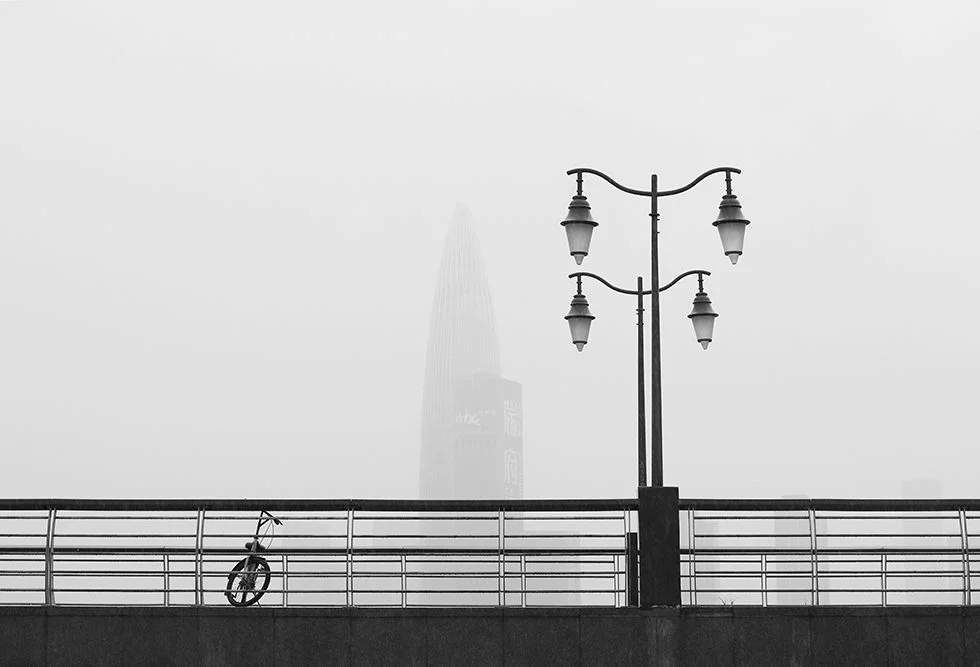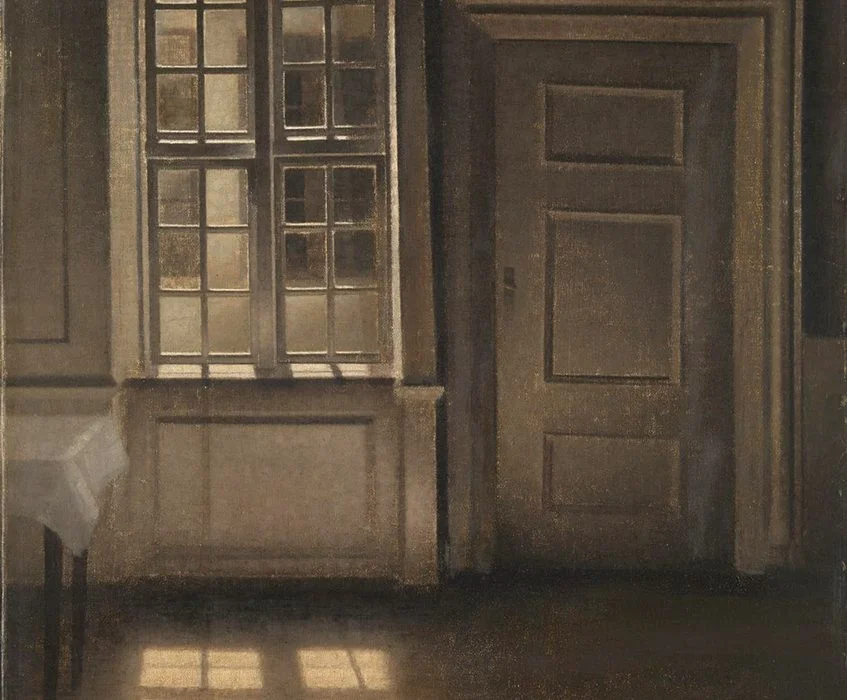Relationships • Compatibility
When Love Feels Like Pressure: The Pains of Attachment
One of the more awful risks in love is when a relationship that might well have been viable is scuppered by a mutual misunderstanding of attachment styles. Two people who may have been on the cusp of building a whole world together part company, both nursing a sense of being mishandled – while not fully fathoming why or how. This is a map of sorts.

The problem begins when a person with what is termed an anxious attachment style meets another with a fearful-avoidant one.
The childhood experience of the anxiously attached person is that love is always at risk and can only be guaranteed by constant vigilance and protest. At any moment, the one we care about is liable to slip away – a possibility that must be warded off through complaints, anger and insistent watchfulness. Distance, for the anxiously attached, is always a crisis. Silence must invariably be dreadful. And so, we intensify our demands, ask our partner where they were this afternoon, berate them for sending a message slightly late, and make sure they are aware that we don’t like them having friends or going on holiday alone.
This may seem like the best way to secure love, but it is – of course – an entirely doomed strategy in certain cases. Unfortunately, for this poor, benighted anxious soul (no one in this scenario is evil, only very wounded), they are unwittingly generating exactly what their partner most dreads in love: a feeling of being engulfed.
A different sort of childhood will – usually unbeknownst to both parties – have generated a very different sort of problem in the partner: what is termed a fearful-avoidant attachment style. For this person, the early years will have shown that other human beings are highly likely to be sources of trouble. They will invade one’s space, destroy one’s integrity, give skewed advice, shift their affections randomly to a sibling, make untenable demands and be uninterested in one’s genuine sorrows and cares. From this, this person concludes that the only way to be safe is to retreat and put up barriers. However much they may long for love, in their hearts, true security may only feel possible when they are on their own. These fearful-avoidants don’t keep secrets for the sake of it; their experience has taught them that there isn’t really anyone who can bear them.
What the fearful-avoidant person needs in love is space and time to acclimatise to a dramatically new idea: that someone close to them might genuinely care for them. As the relationship deepens, they experience an ever-greater need for moments of release. It isn’t that they don’t love; they simply have to do so at their own pace and with periods of respite. Their friendships will start to matter more to them precisely when their lover’s role assumes greater prominence. As their commitment to their relationship increases, so does their panic that they may be lost, unsafe, imprisoned. They may – without quite understanding why – start to daydream about sex with strangers and not answer messages in the careful and close way they once did. None of this is a sign that they sincerely and exclusively want out; it’s just their instinctive way of handling terror.
The difficulty is that neither party is generally able to understand their fears – or their responses to them – let alone explain them to the other. The anxious person can’t see that they are panicking without full reason to do so and can’t register how frightening their stern and castigating behaviour may seem. Just as the fearful-avoidant person can’t grasp how menacing their withdrawal appears. Both parties, unaware of what is going on inside themselves, can’t find the words to say, politely and while there’s still time: I’m so sorry, I’m gripping too tightly. Or: apologies, I don’t mean to appear cold, I just need to breathe.
Words that might have saved everything remain unsaid, and an appalling cycle begins. The anxious partner, sensing the withdrawal of their fearful-avoidant companion, presses ever more urgently. They write long emails in the middle of the night, berating them for this or that. And for their part, the avoidant partner becomes increasingly evasive and hard to read. They find reasons to stay out late. They take ever longer to get back on things. There are suddenly a lot of birthday parties they need to go to on their own.
Eventually, the anxiously attached partner can’t take it any longer and engineers a crisis. Even though they are still full of love, they declare that they are walking away – not because they want to, but because their level of worry has grown unsustainable. And for their part, the fearful-avoidant partner, though they may still have a degree of residual affection, has probably gone numb under the pressure and passively watches the relationship collapse – glad that the drama and mayhem can now be over, and they can concentrate on their work and the prospect of new ‘lighter’ relationships going forward.
If there is a glimmer of hope, it lies in the fact that these patterns have names. They occur all the time – in Cheshire and New South Wales, in Mallorca and Oslo – and they could be prevented more often with greater awareness (and many months of good, painful psychotherapy). Where both parties aren’t too weary, where the good things still outweigh the bad, a particularly courageous person could one day dare to send the other this piece and say gently: this reminded me a little bit of us. I’m so sorry we triggered each other. Let me know if this speaks to you.
























